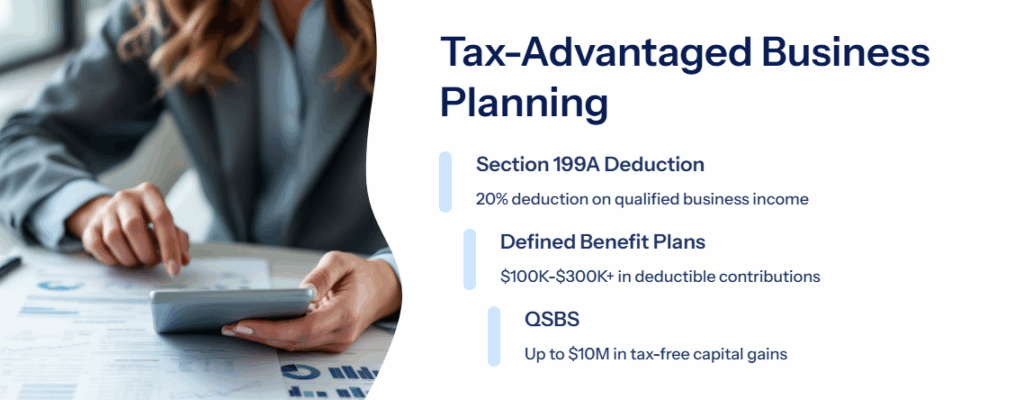As 2026 approaches, the U.S. financial landscape is entering a period of significant uncertainty. From a historic credit rating downgrade to looming tax law changes, individuals and families—especially those with global assets or U.S. residency—face important decisions.
If you’re holding U.S. assets, planning to transfer wealth, or preparing for retirement, now is the time to reassess your financial roadmap. This guide outlines the three most urgent challenges and the strategies you can use to navigate them.
1. Rising Debt, Falling Confidence: The Credit Downgrade & Federal Deficit
In a move that shook global markets, a major credit rating agency downgraded the United States for the first time in over a century. The decision came on the heels of ballooning national debt, now exceeding $36 trillion—more than 124% of the U.S. GDP.
This downgrade isn’t just symbolic. It reflects a broader loss of market confidence and signals potential long-term consequences:
- Increased borrowing costs for the U.S. government
- Higher interest rates across the board
- Greater volatility in bond and equity markets
For individual investors, this translates into a more fragile investment climate, particularly for those holding U.S. Treasury bonds and dollar-based assets.

2. Countdown to 2026: The Hidden Tax Bomb You Can’t Ignore
Unless Congress acts, major provisions from the 2017 Tax Cuts and Jobs Act (TCJA) will sunset at the end of 2025. This includes:
- Reduced gift and estate tax exemptions (dropping from ~$13 million to ~$6–7 million per individual)
- Elimination or reduction of certain deductions
- Potential increases in marginal tax rates
Those holding dual citizenship (U.S. and foreign), permanent residents, and Americans living abroad may all be impacted. If your estate planning hasn’t been updated since 2017, you’re likely facing a significantly higher tax burden after the sunset provisions take effect.
⏳ The deadline is January 1, 2026 — meaning any tax-advantaged transfers or estate structuring should ideally be completed before then.

💡 If you’re concerned about the IRS stepping up enforcement due to higher deficits and complex tax changes, don’t miss our detailed guide on what triggers an IRS audit. It walks you through the different types of audits, what to expect, and when to seek professional help.
3. Foreign Exchange & Interest Rate Risks Are Converging
With the U.S. dollar weakening and interest rates climbing, investors are now navigating a two-sided risk:
- Currency depreciation could erode the real value of dollar-denominated investments for foreign holders.
- Rising interest rates are increasing the cost of mortgages, business loans, and student debt.
📌 In an era of rising interest rates, it’s critical to secure favorable borrowing terms. Check out our post on 5 key strategies for securing low-interest loans and protect your cash flow as the economic environment shifts.
If you’re holding dollar debt or investing in dollar-denominated bonds, this combination can be dangerous. Additionally, failing to actively manage retirement accounts like 401(k)s or IRAs in this climate could result in missed yield opportunities.
Example: A $100,000 balance parked in cash for 6 months at 0% yield, when money market accounts are offering 5.5%, means $2,750 in lost interest—money you could be using to grow your nest egg.
Strategic Solutions to Protect Your Wealth Before 2026
Let’s walk through three advanced financial strategies designed to help reduce exposure to rising taxes, falling currency, and volatile markets.
1. Cross-Border Tax Planning
If you’re managing global assets or income, consider:
- Leveraging U.S.- Other Country Tax Treaties or other bilateral agreements
- Using Foreign Tax Credits (FTC) to avoid double taxation on passive income (like dividends or interest)
- Consolidating foreign passive income (PFICs) for more efficient tax reporting
Smart cross-border planning allows you to preserve net returns while reducing IRS exposure on foreign-held assets.
2. Strategic Wealth Transfers (Before Exemption Shrinks)
If you’re considering gifting or estate planning:
- Use advanced trusts like SLATs (Spousal Lifetime Access Trusts) or IDGTs (Intentionally Defective Grantor Trusts) to transfer assets tax-efficiently
- Consider CRT (Charitable Remainder Trusts) to combine giving with long-term income
- Shift real estate, equity, or business ownership before 2026 to maximize current exemptions
These tools allow you to retain control over assets, reduce taxable estates, and even build charitable legacies while optimizing your wealth.
3. Tax-Advantaged Business & Retirement Planning
Are you a high-income business owner or freelancer? The following strategies could provide massive savings:
- Section 199A Deduction: Up to 20% deduction on qualified business income from pass-through entities
- Defined Benefit Pension Plans (e.g., Cash Balance Plans): May allow $100K–$300K+ in deductible contributions annually
- QSBS (Qualified Small Business Stock): If eligible, up to $10M in capital gains could be tax-free upon sale
These aren’t just tax shelters—they’re powerful wealth acceleration tools if structured properly.

Takeaway: The Time to Act Is Now
Tax planning, retirement allocation, and cross-border asset strategies are no longer optional. With markets reacting to economic uncertainty and the IRS preparing for a major tax code rollback in 2026, this is a pivotal moment.
✨ Here’s what you should do:
- Review your estate and gift plans now
- Reassess currency exposure and bond allocations
- Explore business and retirement tax incentives before they disappear
- Consult a professional advisor to build a custom roadmap


